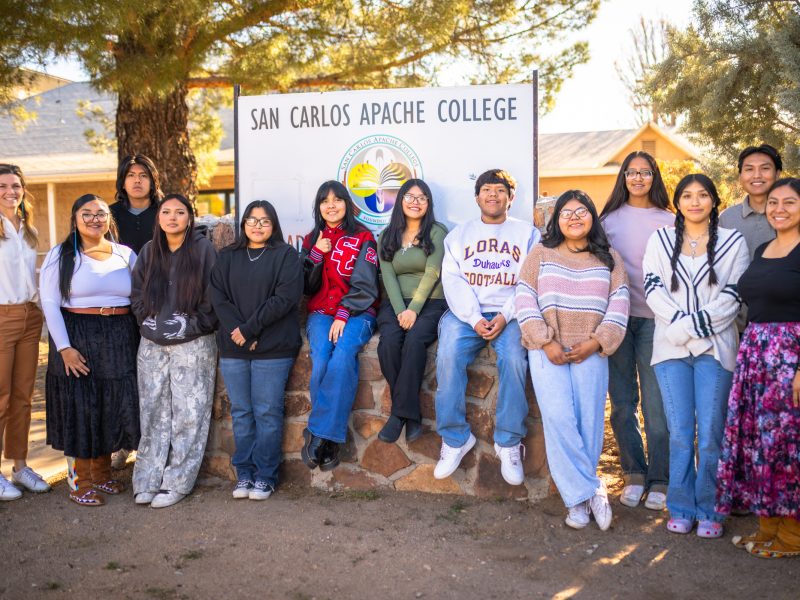Rooted in Community: Indigenous Student Enhancement Program Expands to San Carlos Apache Tribe
Piloted for the first time outside Navajo Nation, ISEP brings culturally grounded public health education to Apache high school students sparking new career paths, personal growth, and community dialogue.
On a warm March afternoon at San Carlos Apache College (SCAC), eleven high school students stood before an audience of relatives, faculty, and researchers as they introduced digital stories they had created over the past week. Each short video traced a possible future: nursing, trauma surgery, fitness coaching, mental health support. But they also told stories of cultural awakening, identity, and what it means to come home to serve your community.
The San Carlos Apache Tribe (SCAT) encompasses 1.8 million acres across Graham, Gila, and Pinal counties in southeastern Arizona. The reservation is the tenth largest reservation in land area in the United States.
Since 2018, the Indigenous Student Enhancement Program (ISEP) has been a core part of the Navajo Native American Research Center for Health (NARCH), a partnership between Diné College and Northern Arizona University’s Center for Community Health and Engaged Research (CHER). On Friday, students presented their digital stories, marking the conclusion of the first-ever ISEP pilot held outside the Navajo Nation.
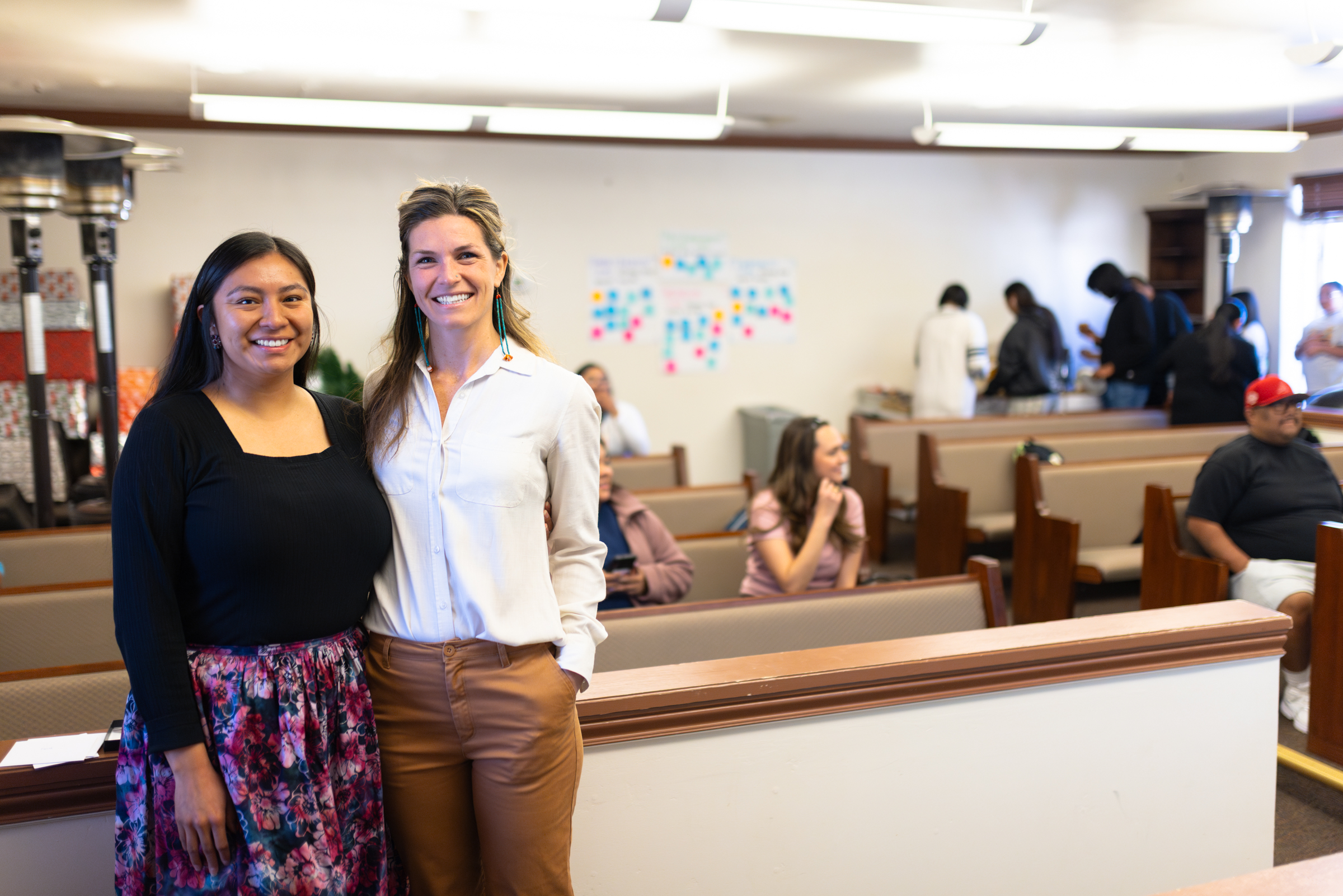
With help from SCAC Retention Coordinator Kevin Wood, CHER Graduate Research Assistant Wacey Begay, and CHER Associate Director Dr. Nicky Teufel-Shone, the program’s Apache pilot left students with a new understanding of public health and possibilities for future careers.
As stated in a 2022 research publication led by Teufel-Shone, the need for programs like this is clear: “Native American populations are systematically marginalized in the healthcare and public health workforce. One effective approach to reduce health disparities and improve health care delivery among Indigenous populations is to train more Native American health professionals who integrate academic and cultural knowledge to understand and influence health behaviors and perspectives.”
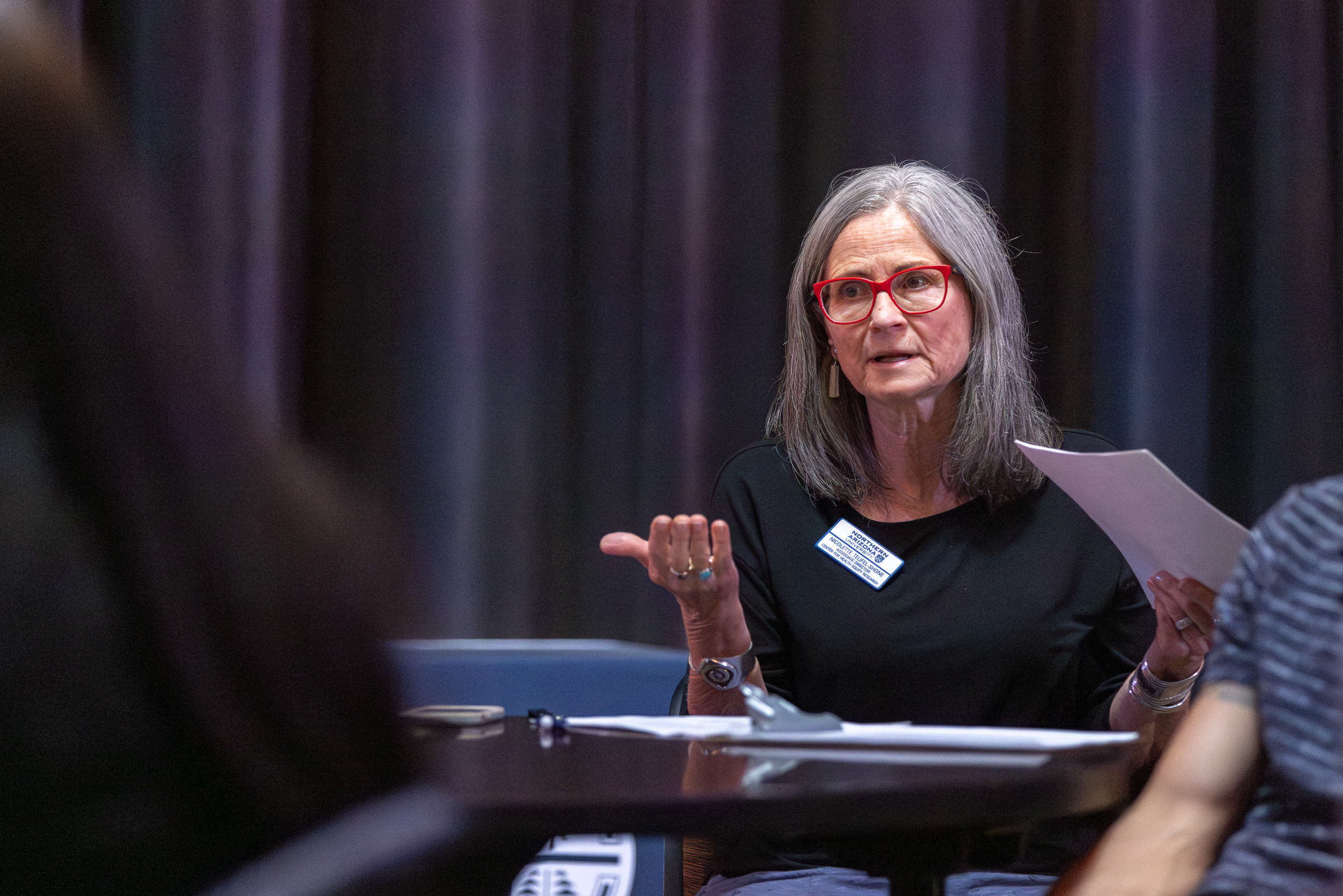
New Setting, Familiar Vision
Originally launched in 2018, Navajo ISEP was designed to inform and engage Navajo high school students about public health—a field often unfamiliar to youth but urgently needed in Tribal communities.
Navajo ISEP was built on the Diné Educational Philosophy (DEP) and the concept of Hózhó, emphasizing harmony, balance, and wellness. Navajo ISEP students spend eight days immersed in a residential experience, surrounded by mentors and cultural values interwoven with lessons in public health.
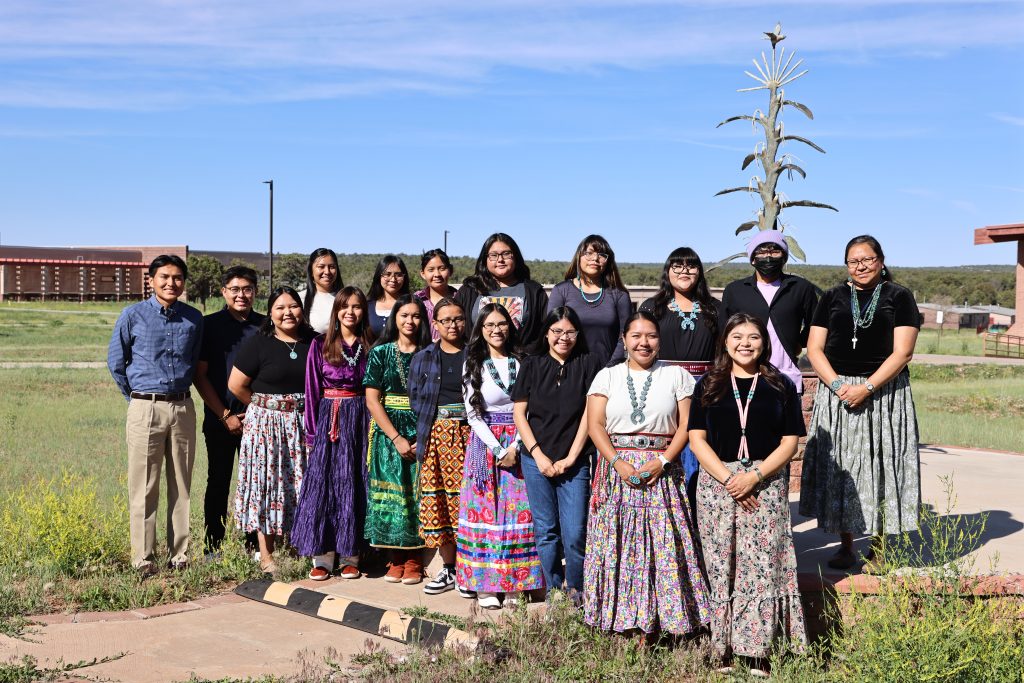
San Carlos, by contrast, presented different opportunities and constraints.
“All tribal communities are different, so it was a heavy lift to move it from one to another,” said Marissa Tutt, CHER Research Coordinator, lead for the ISEP Pilot at SCAC, and enrolled tribal member of San Carlos.
“For example, Diné College is on the Navajo Nation. There, students stay on-site the whole week. At SCAC, we couldn’t house students. That meant it became a day-to-day program, and we just hoped the students would keep coming back each day, which they did.”
There isn’t an established cultural framework like Navajo Nation’s DEP, so the research team formed a curriculum adaptation committee. They worked with elders and cultural preservation leaders to shape content around Apache-specific values, traditional health knowledge, and foodways. With just six months of planning, Tutt and Nation pulled together a cross-sector team of community leaders, educators, health professionals, and cultural advisors.
“It was more about what the community felt was important for future health professionals to learn,” added Tutt. “It was hard, but we made it work.”
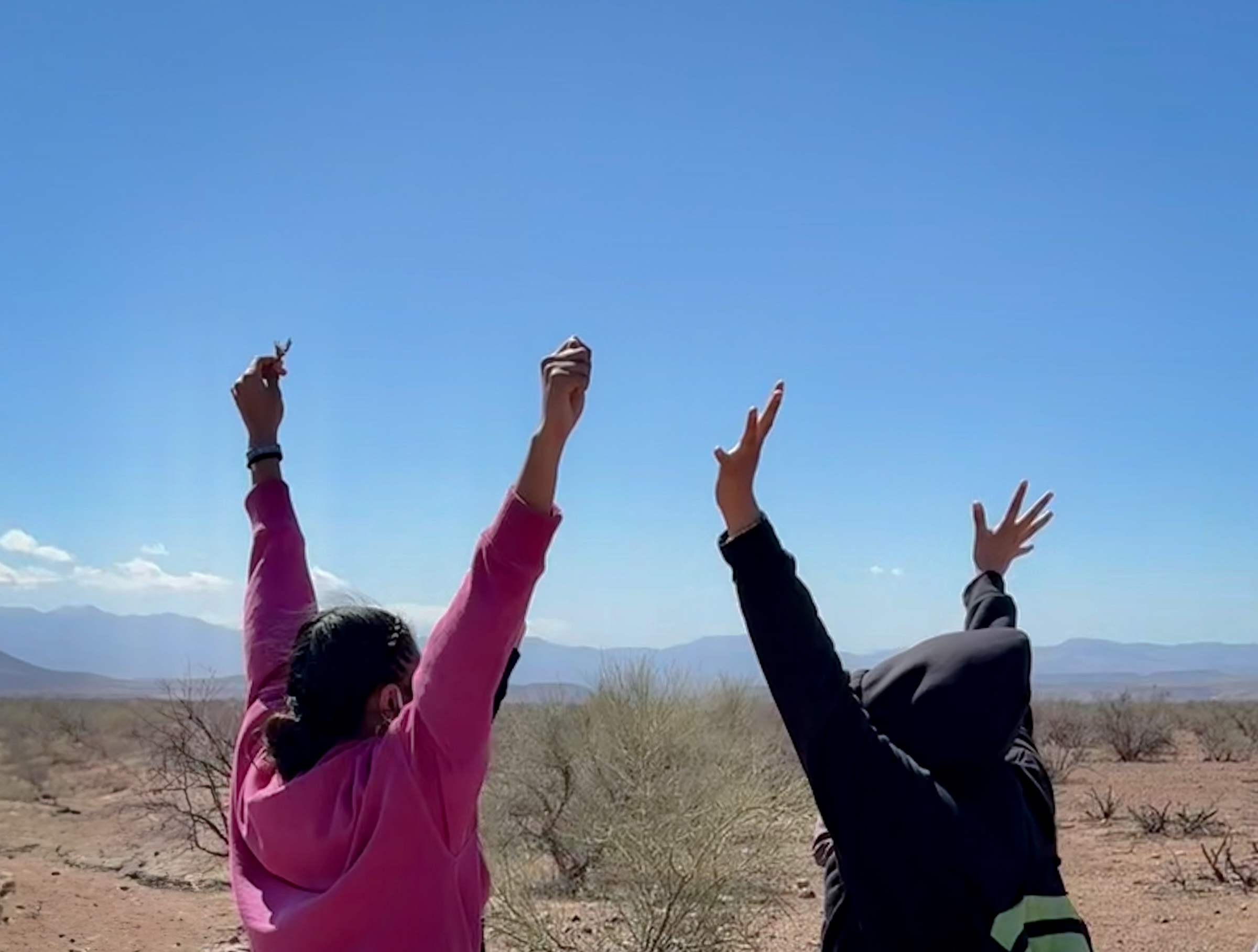
Public Health through an Apache Lens
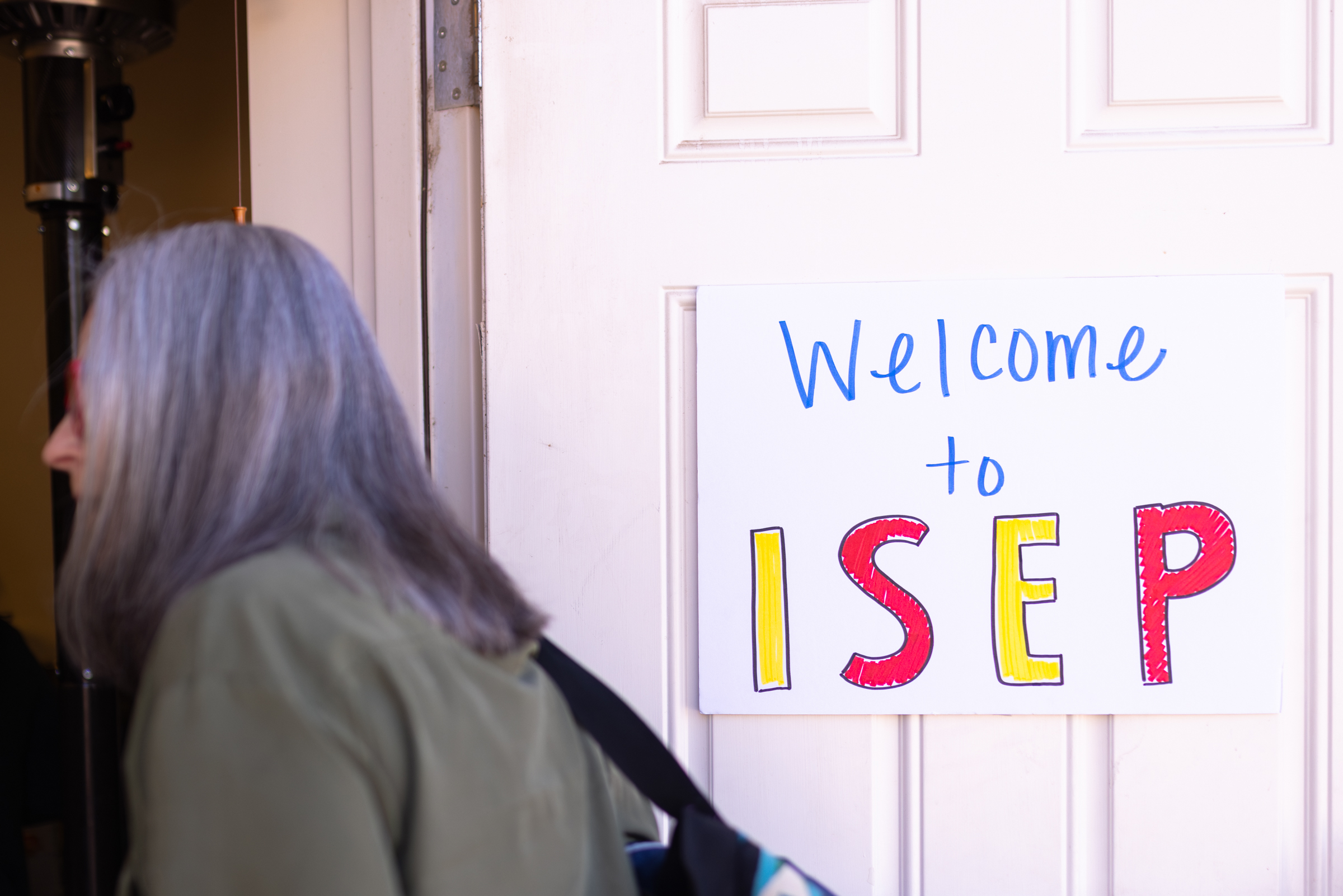
The result was a culturally responsive, day-based program held during spring break. Each morning, students returned to the designated classroom at SCAC to explore public health concepts and engage with public health professionals. Many of the students were learning about public health for the first time through hands-on lessons in epidemiology and nutrition to mental health and fitness.

Outside the classroom
On day two of the program, students were invited to venture outside the college walls with two members of the San Carlos Apache Tribe’s Forestry Department: Twila Cassadore and Seth Pilsk.
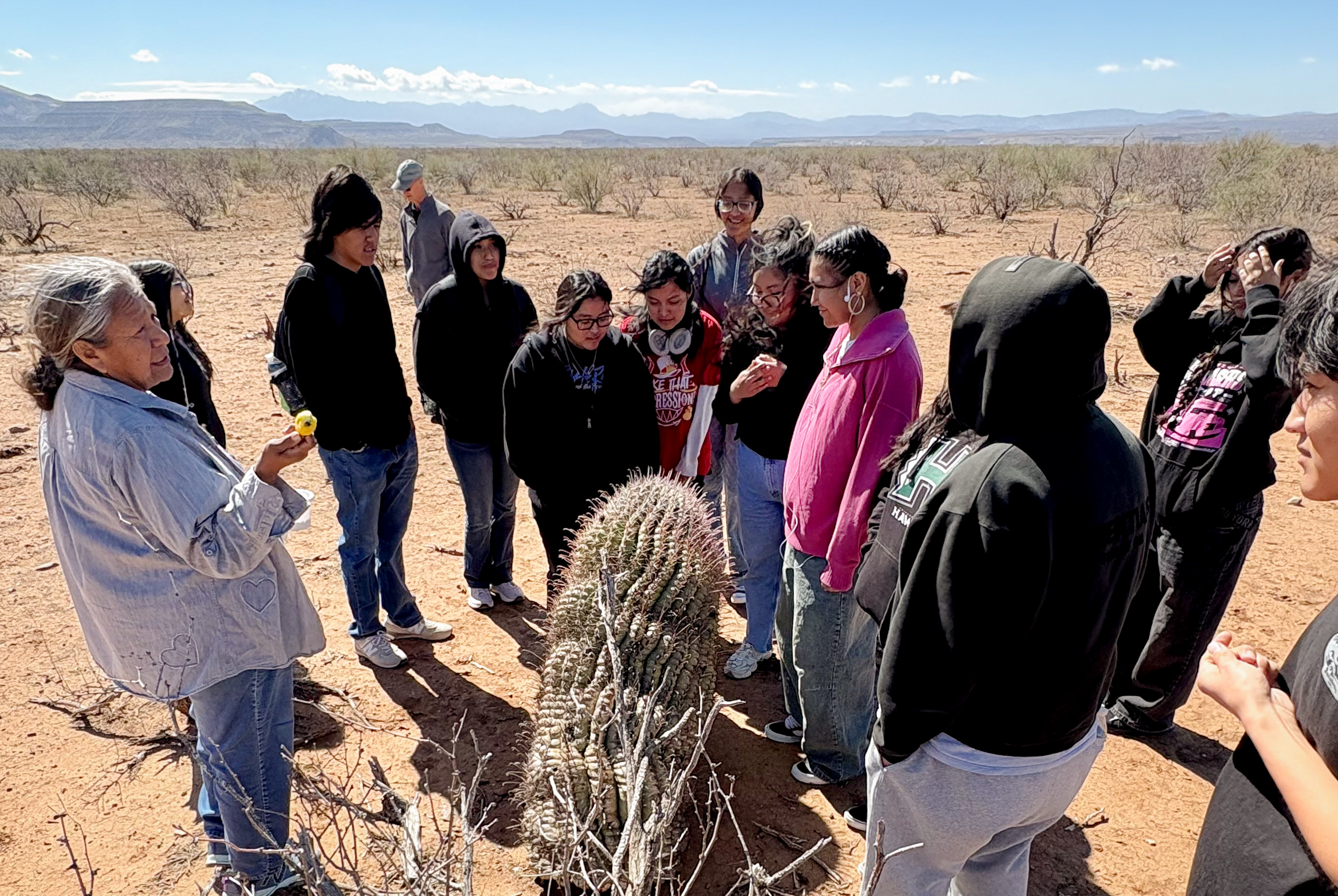
Cassadore, a renowned Apache forager, traditional foodways and seed keeper, and advocate for Indigenous food sovereignty led students outside, identifying the abundance of medicinal and edible plants found in their community. According to Cassadore, there are over 200 edible plants on the San Carlos Apache Reservation such as the prickly pear and barrel cactus fruits, desert chia seeds, and acorns.
In an interview with The Guardian, Cassadore expressed the importance of traditional foodways and knowledge on overall wellness.
“I am very confident that when we go back to Apache foods, it doesn’t just benefit us physically, but mentally, emotionally and spiritually,” she said. “We want to reclaim, preserve and grasp on to this way of life.”
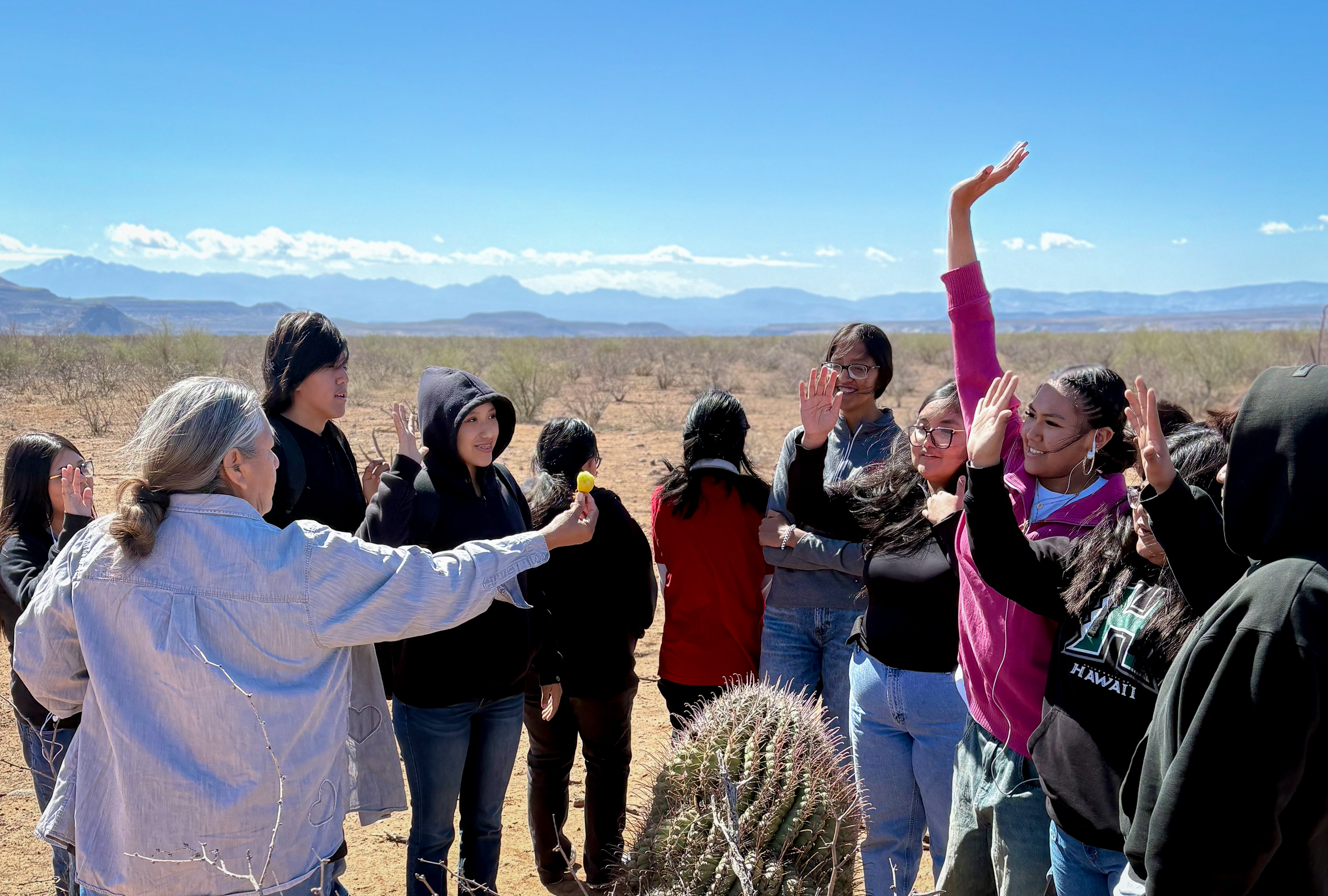
In tandem with Cassadore’s lesson, Seth Pilsk engaged students on the history of traditional Apache Healthcare and health conditions in the community and tied them back to medicinal plants, traditional foods, and the healing power of the land.
Pilsk and Cassadore led the Traditional Western Apache Diet Project gathering data on traditional Apache diets and food species, conducting interviews with hundreds of elders and traditional cultural authorities.
Louie Lorenzo Jr., a local substance abuse prevention coordinator with the San Carlos Wellness Center, spoke to students about clinical etiquette and the importance of preserving cultural identity among San Carlos Apache youth. Substance use disorder remains one of the most pressing public health challenges facing the San Carlos Apache community.
Mentorship and exposure to public health
As the week progressed, the research team led six public health lectures:
- Introduction to Public Health (Tutt)
- Indigenous Public Health and Resiliency (Begay)
- Diabetes and Nutrition (Nation)
- Family, Maternal, and Child Health (Nation)
- Basics of Epidemiology (Begay)
- Social and Indigenous Determinants of Health (Tutt)
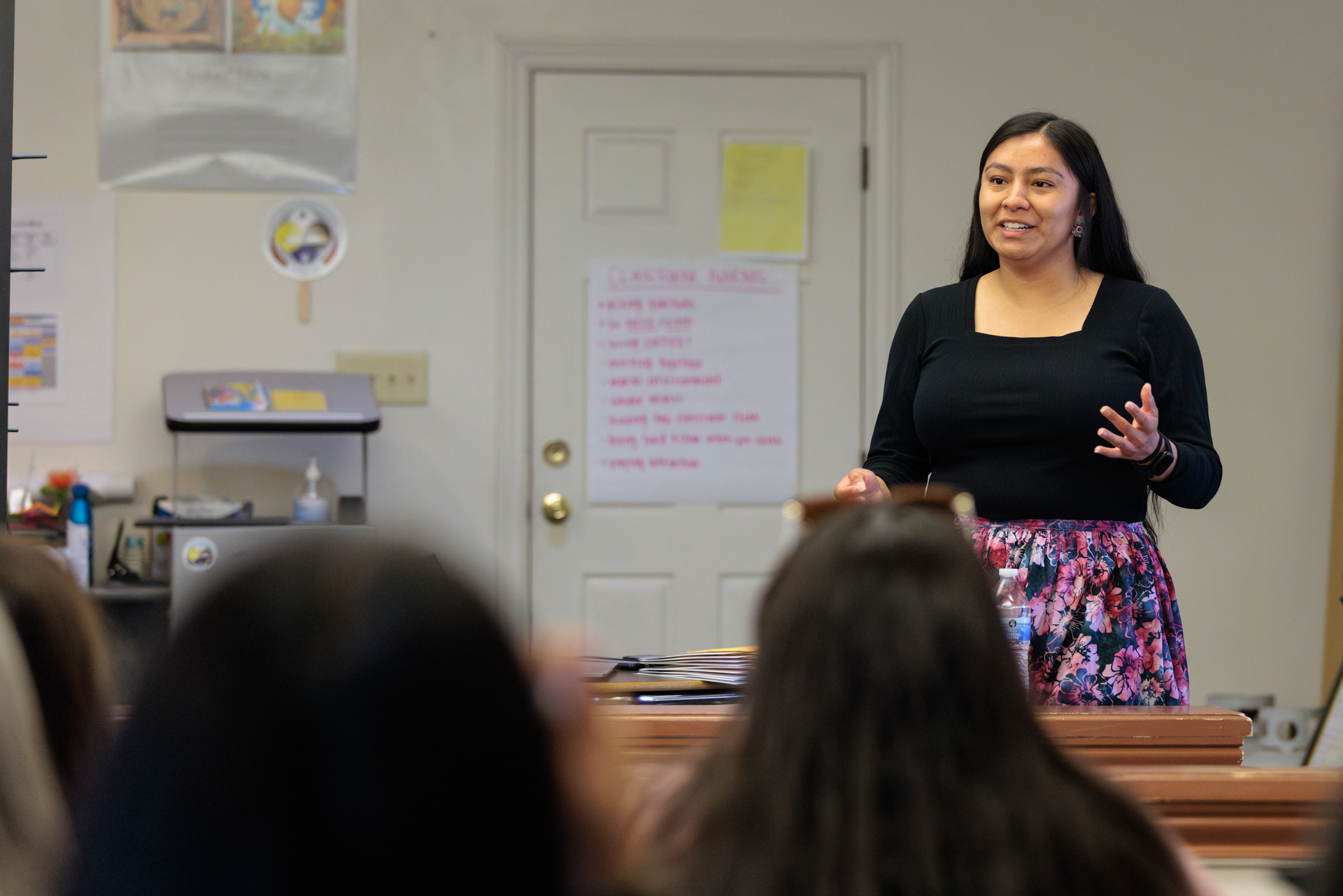
The team also organized a panel of Indigenous health professionals designed to encourage student engagement. Panelists included Shalenia Chee from the San Carlos Wellness Center, Dr. Yvonne Lees from SCAT Department of Health and Human Services, and Marlo Bartholin from San Carlos Apache Healthcare Corporation.
Each professional shared experiences rooted in cultural and tradition with the students and invited students to ask questions and share thoughts.
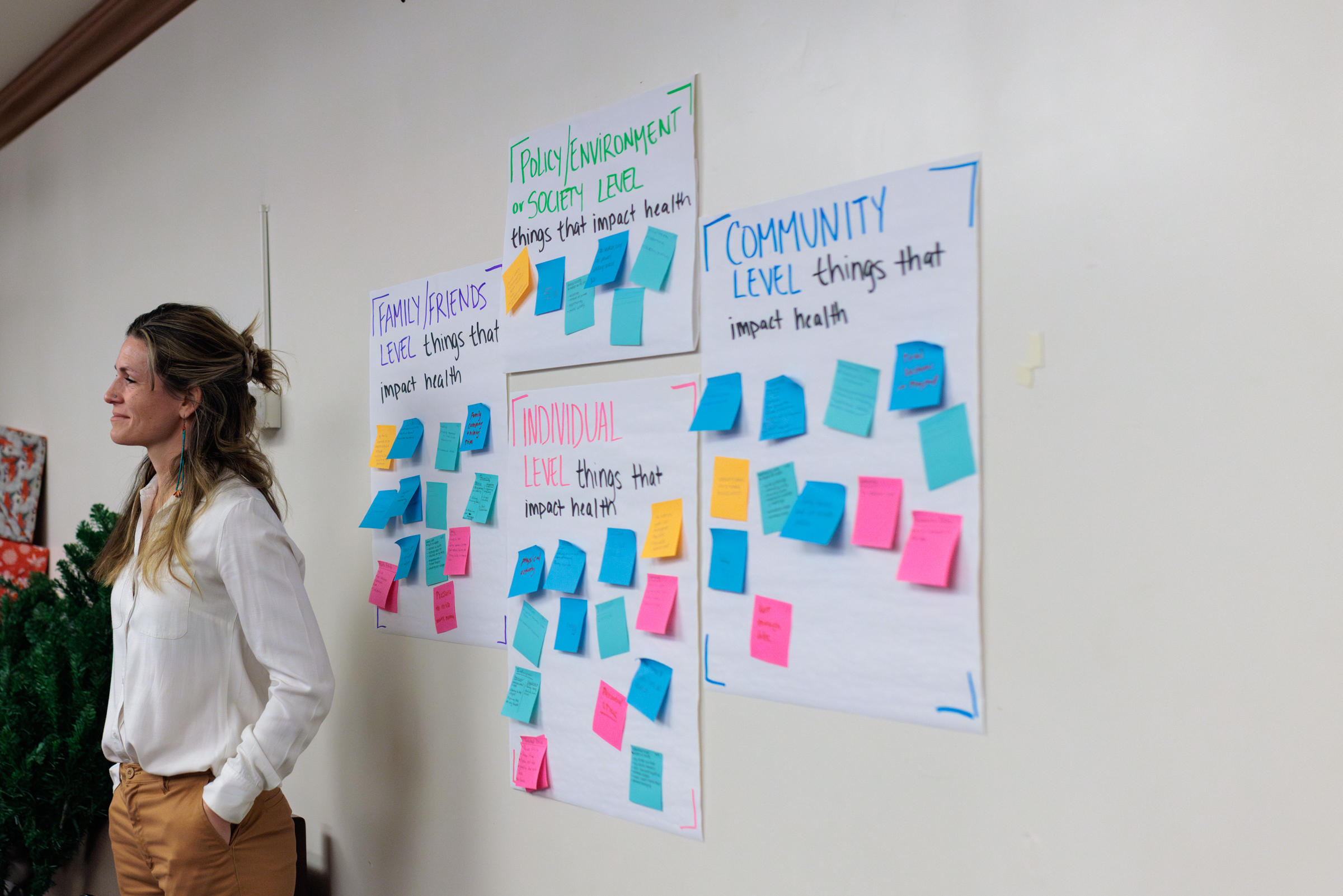
Nation mentioned that one student changed their digital story topic after the panel. The student had started with one idea, then scratched it out and replaced it with “personal trainer.”
When Nation asked why, the student responded, “Well, after hearing the panelists…”
Nation explained, “You don’t know something’s an option until you hear and learn about it. Even if no one ends up in public health right away, it’s about exposure. Showing them what’s out there and that they can do it, and maybe most importantly, showing them that they have people who support them… people who were strangers on Monday who care deeply and will support them however they grow.”
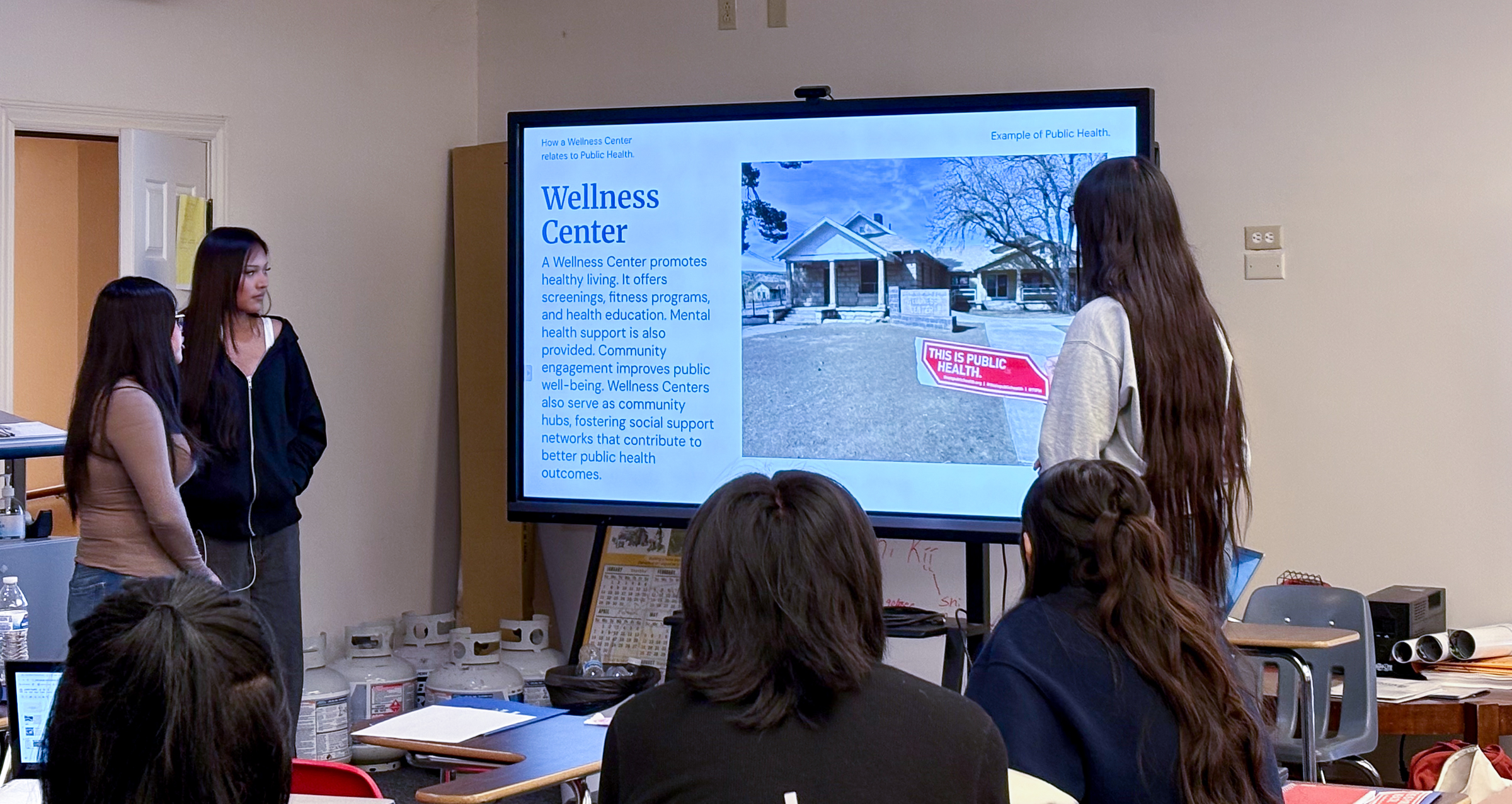
Student reflections and future paths
Some students graduated high school shortly after participating in the ISEP pilot. They were invited to share thoughts on the program and future plans.
Tristina Phillips, for example, shared about her experience.
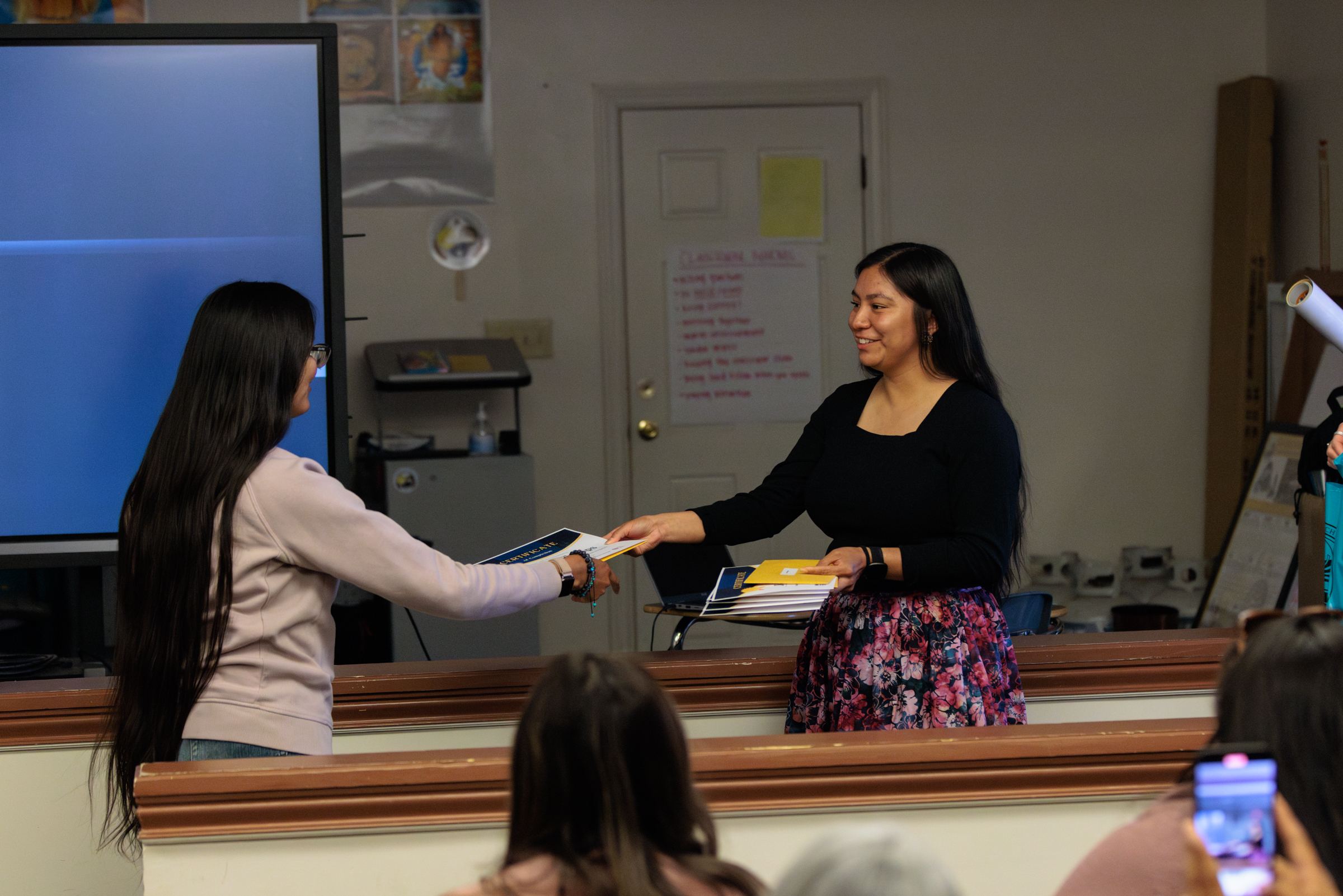
“Because of ISEP, I have been offered many opportunities in other programs, and this summer, I have been working with the emerging leader’s cohort under our tribal chairman,” she answered when asked about life after ISEP.
“As someone living on the reservation, it can be challenging to receive support for furthering our education but knowing that programs like ISEP exist gives us hope for a better future and the opportunity to attend college, which is particularly inspiring as a Native student.”
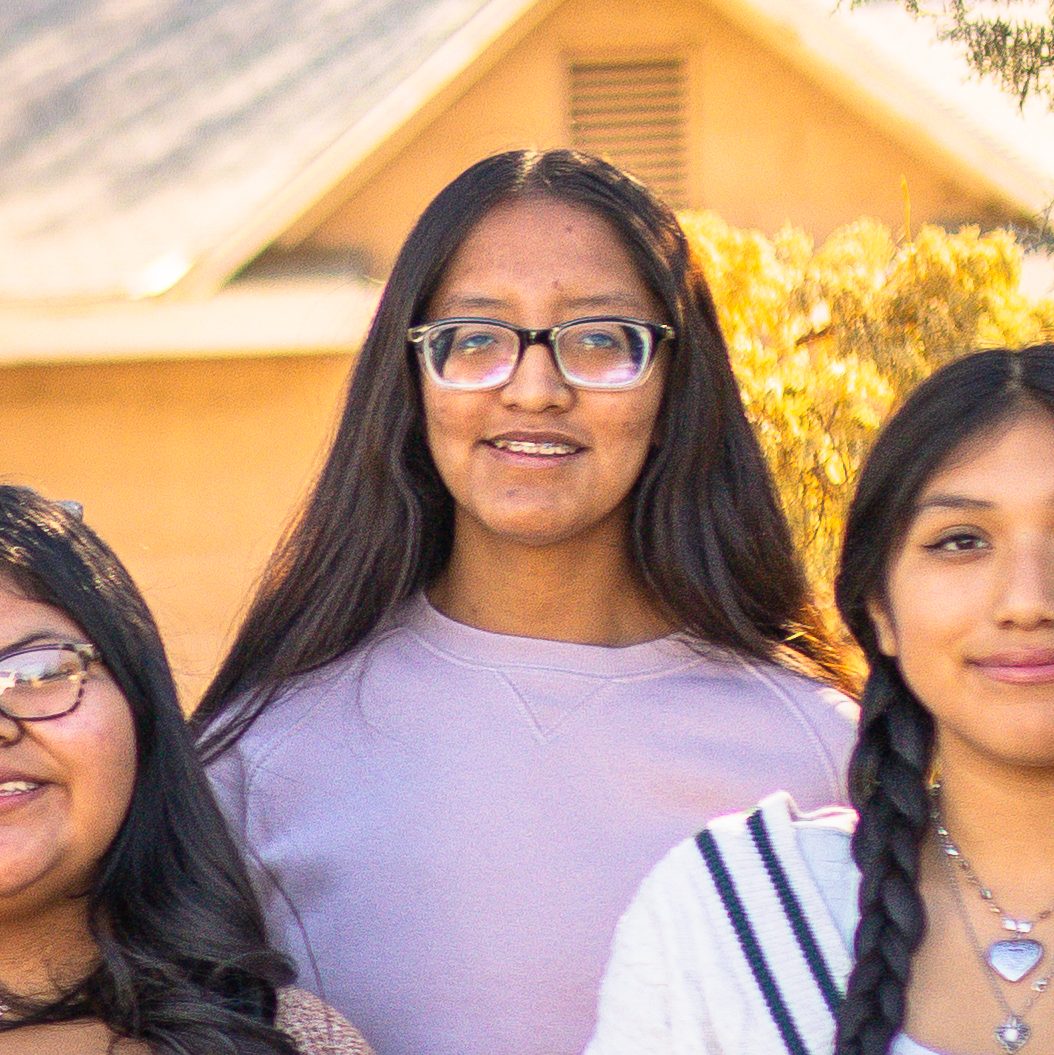
She will begin her first semester studying Psychology at Fort Lewis College in Durango, Colorado, where she plans to minor in public health.
“I have always had a passion for mental health, so the connection to public health has greatly helped me plan my education and future return to the San Carlos Reservation to support my community.”
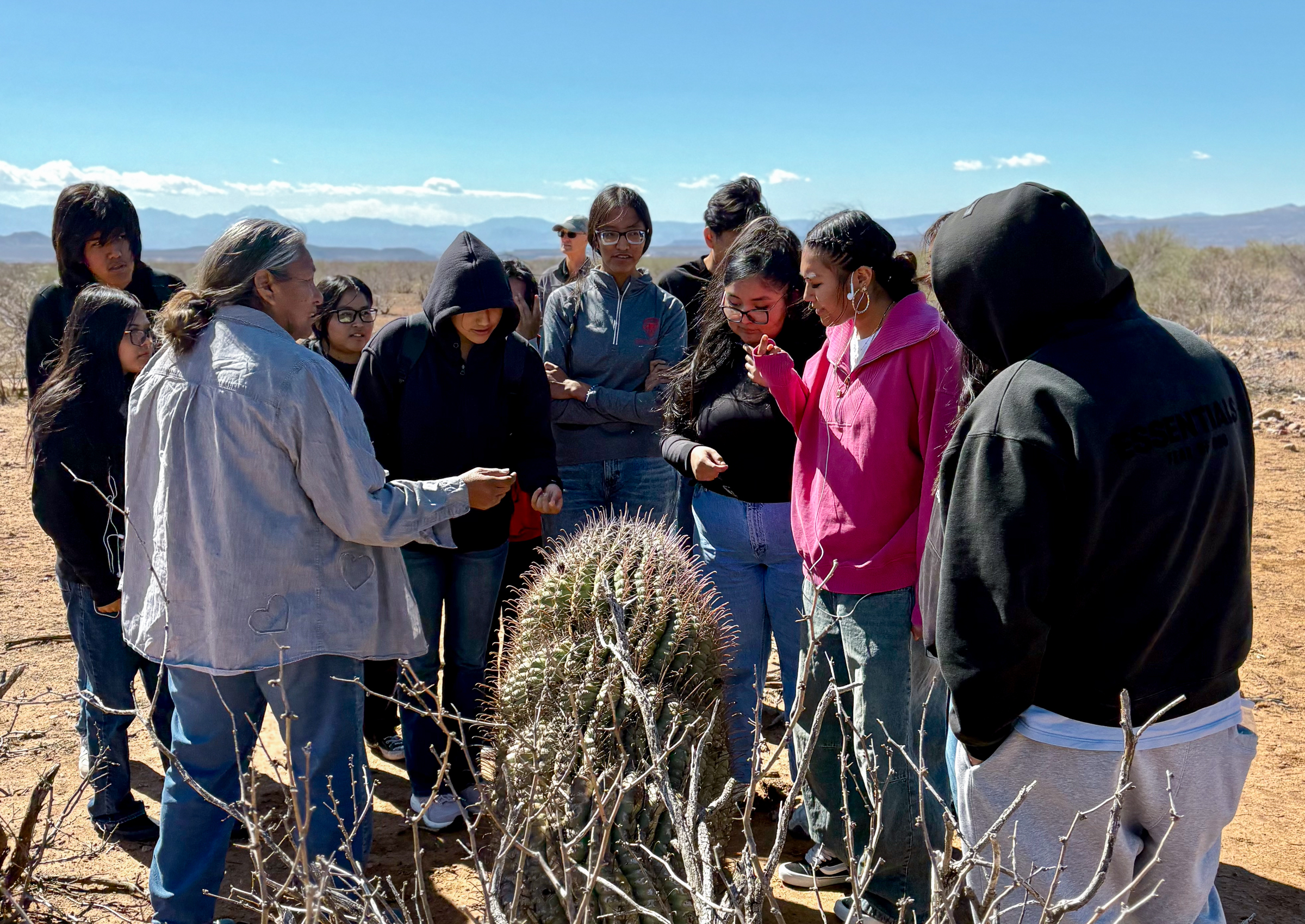
Digital Storytelling
Throughout the week, students explored digital storytelling—a powerful tool in today’s technology-driven world. As investigated by Teufel-Shone, digital storytelling uses a decentering methodology in health promotion that positions the storyteller as an expert to create a narrative of their lived experiences. They were tasked with creating their own digital story to research a public health career of their choice and the details surrounding those roles.
This tool allowed students to creatively express their newfound understanding of public health careers and explore future possibilities. Using technology as an educational method helps students engage differently than traditional tools like slide presentations or written reports.
ISEP’s Future
As the team evaluates the SCAT ISEP pilot through feedback, plans for next year and future Tribal collaborations are underway. Tutt believes the program can grow in San Carlos.
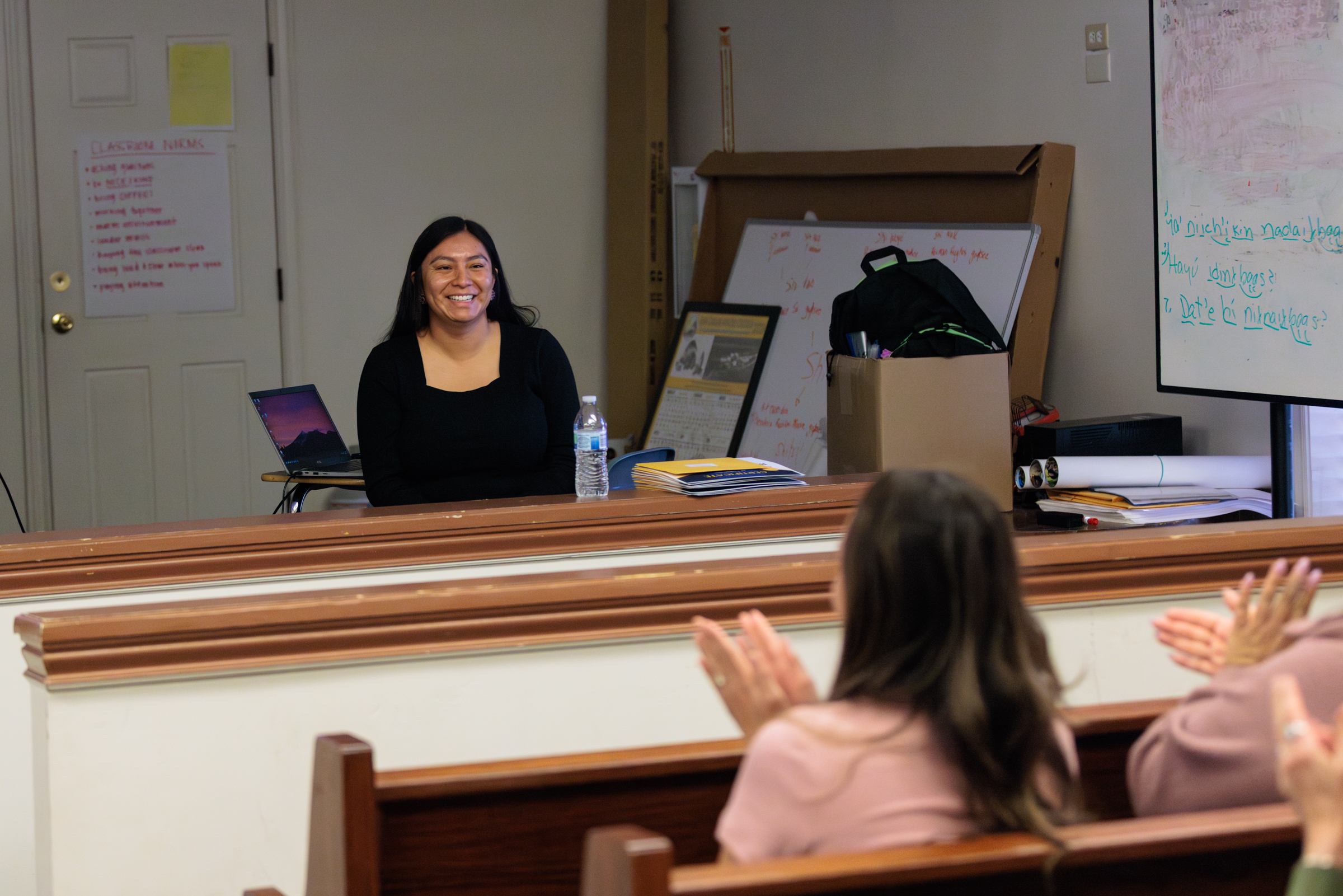
“I’m probably biased because I’m from here, but I want something as impactful as Navajo ISEP to exist here for the younger generation.”
The team is hopeful that that the program will mentor Apache students into becoming the next generation of researchers and public health scholars.
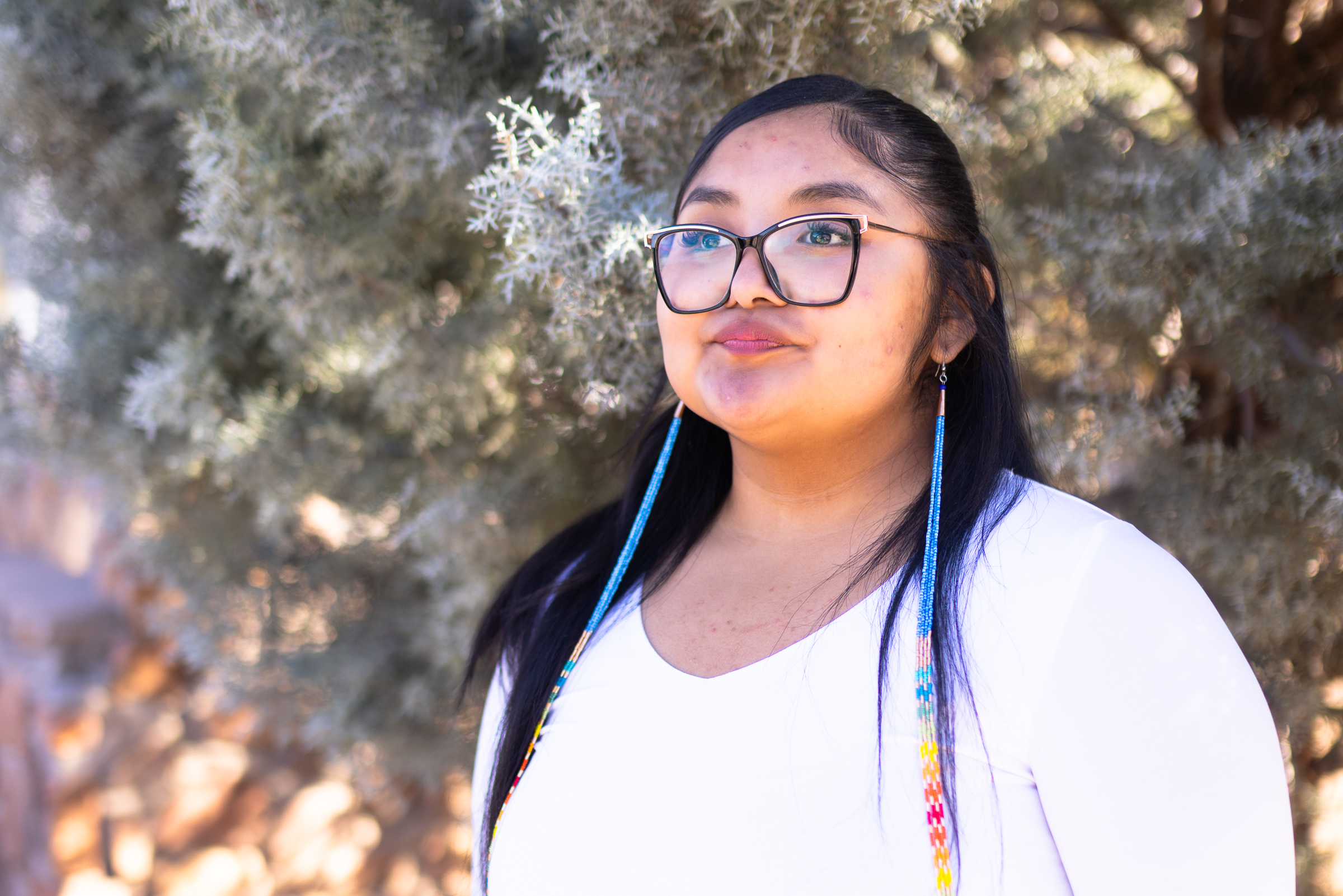
“As we saw in the digital stories, they all want to help the youth—physically, mentally, emotionally. They all want to give back,” said Tutt.
“I think we all share that same sentiment: wanting to empower them, so they know they can do better and be better. That’s what we’re hoping for.”
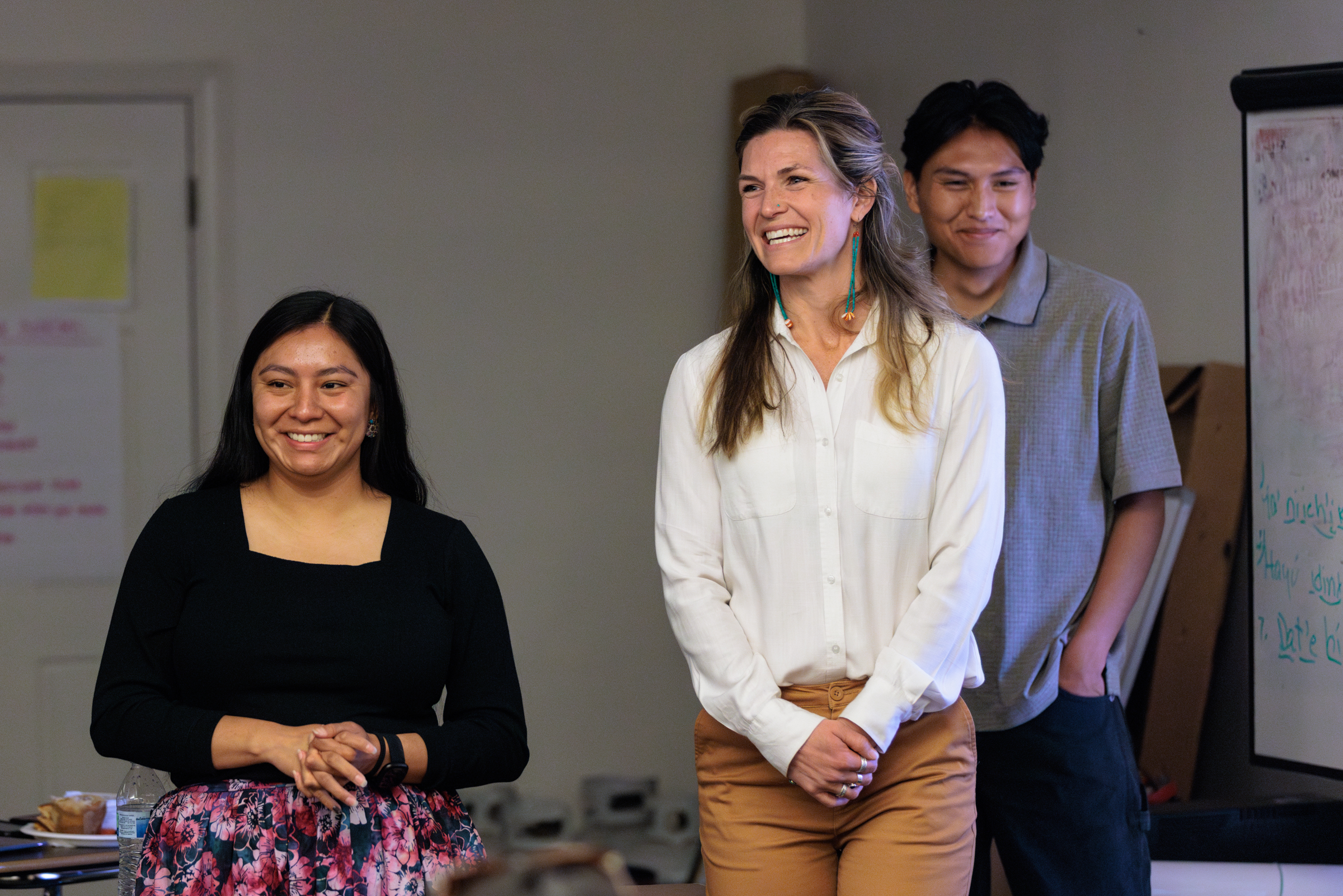
Project Collaborators
Guest presenters
- Twila Cassadore, San Carlos Apache Tribe (SCAT) Forestry
- Seth Pilsk, SCAT Forestry
- Louie Lorenzo, SCAT Wellness Center
- Shalenia Chee, SCAT Wellness Center
- Dr. Yvonne Lees, SCAT Department of Health and Human Services (DHHS) Epidemiologist
- Marlo Bartholin, San Carlos Apache Healthcare Corporation (SCAHC) Community Outreach Educator
- Ernestine Nasingoetewa, American Indian Health – Area Health Education Center (AIH-AHEC) – Professional Development/CEU Coordinator
Planning committee members
- David Reede, DHHS Executive Director
- Dr. Chidavaenzi, DHHS Deputy Director
- Ron Ritter, DHHS Accounting Manager
- Kerri Sangster, SCAHC Employee Development Coordinator
- Amanda Huber, SDPI Nutrition
- Dr. Lisa Eutsey, San Carlos Apache College (SCAC) Provost
- Dr. Linda Warner, SCAC President
- Durena Thompson, San Carlos High School (SCHS) Principal
- Ernestine Nasingoetewa, American Indian Health – Area Health Education Center (AIH-AHEC) – Professional Development/CEU Coordinator
Curriculum Adaptation Committee
- Joyce Johnson, SCHS Apache Culture and Language Teacher
- Bob Stevens, SCAT Language Preservation Department
Funders
- American Indian Health – Area Health Education Center (AIH-AHEC)
- Jeff Axtell, Executive Director
- Ernestine Nasingoetewa, American Indian Health – Area Health Education Center (AIH-AHEC) – Professional Development/CEU Coordinator
- Tashina Machain, Grants Program Coordinator
- NAU’s Center for Community Health and Engaged Research
